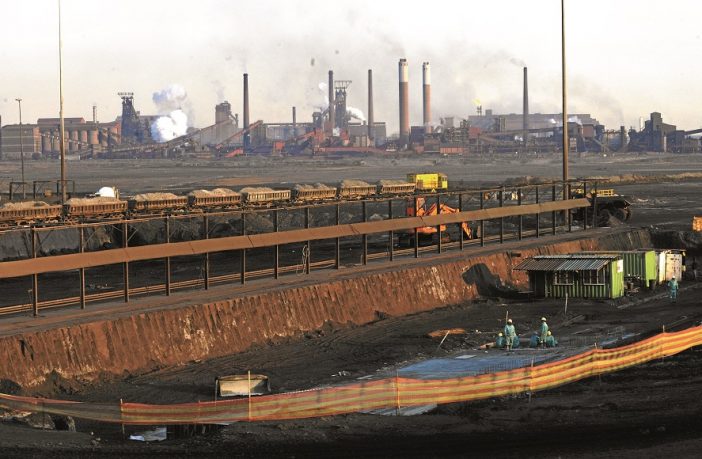- Just Share has published a round-up of ArcelorMittal SA’s AGM, which took place on Friday, 24 May 2024.
- ArcelorMittal is one of South Africa’s biggest air polluters after Sasol and Eskom.
- The country’s environment minister has been taken to court for allowing ArcelorMittal to emit excessive hydrogen sulphide pollution. Read more
- Here are the takeaways on green hydrogen and carbon emissions.
Green hydrogen
The shareholder also questioned AMSA’s future reliance on green hydrogen in its decarbonisation pathway, in circumstances where green hydrogen is unlikely to become commercially viable or available in South Africa, and the risks posed to the company by its stated requirement for external (purchased) green hydrogen to make green steel. The shareholder asked whether the feasibility study for green hydrogen production at Saldanha could be made public, and whether a similar study was being carried out for Vanderbijlpark. The questioner also asked about the opportunity for AMSA to be “first mover” on the export of green primary iron ore for the making of green steel at scale. She asked the board whether it is doing enough to be considered a good corporate citizen, considering the King IV guidance on the responsibilities of governing bodies in responding to climate change.
In response, the CEO acknowledged the lack of optimism, especially in Europe, around green hydrogen in relation to steel production, and the fact that the “commercial logic is not yet there.” He pointed out that AMSA’s roadmap, at least up to 2034, is not dependent on green hydrogen. It focusses on renewable energy and transitioning to electric arc furnaces. Thereafter, it becomes more dependent on developments in technology and “commercial refinement”, including carbon capture and utilisation (CCU), which he said is “probably one of the most viable options”. While the company is focusing on executing its other strategies, hydrogen will “most likely become available in South Africa”. Finally, he said that the company’s furnaces will be hydrogen-enabled so that when it does become viable, they may switch over to green hydrogen. In the interim, AMSA will use natural gas.
Regarding the feasibility studies, the CEO said that this was commercial information that the company was not comfortable to disclose. He said there is potential for green hydrogen production at Saldanha, but that this was not yet ready – it was planned for the medium-term.
Minimum emission standards
The board was also asked about the company’s plans for addressing the risk of more stringent sulphur dioxide (SO2) limits that could be imposed on it as a result of pending litigation.
The CTO, Werner Venter, claimed that the shift to electric arc furnaces and renewable energy would help to bring down the company’s SO2 footprint, as will its decreasing reliance on Eskom.
Download the round-up for an easy-to-read summary of key takeaways, analysis of the AGM’s effectiveness and compliance with requirements of the Companies Act, and shareholder questions here: Download the full round-up
Source: Just Share















